

Neil Briscoe
6 Days Ago
It's a sizeable premium over the well-equipped base Scala, but the sports seats and lowered suspension make the Monte Carlo slightly more appealing.
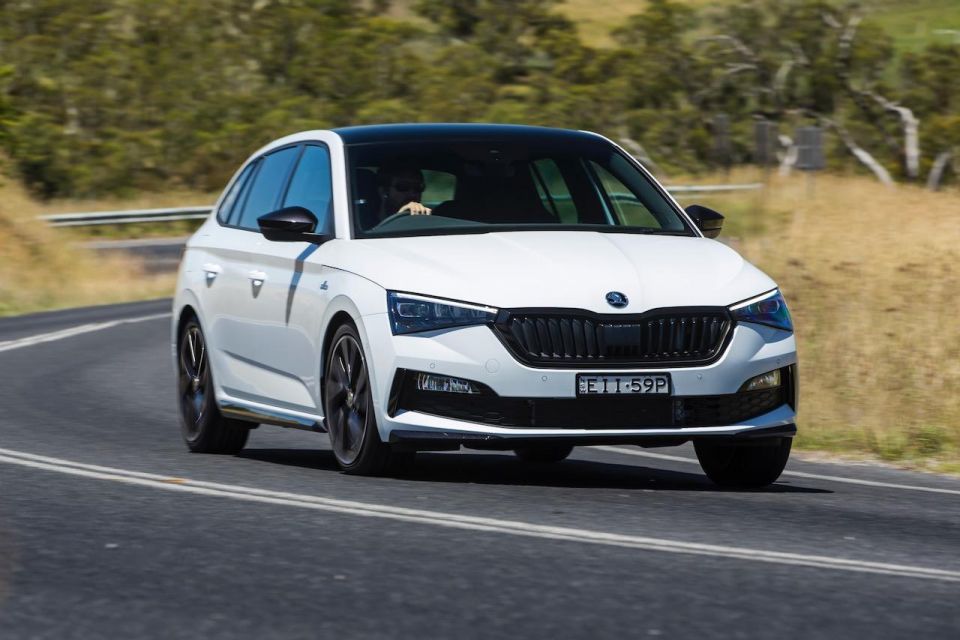


Senior Road Tester
New from
$27,690
excl. on-roads

Senior Road Tester
New from
$27,690
excl. on-roads


Senior Road Tester
New from
$27,690
excl. on-roads

Senior Road Tester
New from
$27,690
excl. on-roads
Take advantage of Australia's BIGGEST new car website to find a great deal on a Skoda Scala.
There are hot hatches, warm hatches, and lukewarm hatches. The 2021Skoda Scala Monte Carlo is the third option, given it’s differentiated from the regular model by cosmetic tweaks and an adaptive suspension.
Not that there’s anything wrong with that. It could be just what the doctor ordered for people who wouldn’t call themselves enthusiasts but want better seats and touch more razzmatazz.
Don’t know what a Scala is? It’s the Czech brand’s answer to the Volkswagen Golf, but it shares the same platform as the smaller Volkswagen Polo even though it’s got more cargo space than the Golf.
A bizarre concoction, but the end result is a seriously worthwhile car that makes more sense every time I drive it.

The Scala Monte Carlo commands a significant $7000 premium atop the entry Scala 110TSI manual, which priced from $26,990 drive-away.
At $33,990 drive-away the Monte Carlo is also $5000 more than the base model with an automatic transmission.
Comparisons will be made with the eighth-generation Volkswagen Golf auto ($31,950 before on-roads) equipped with a 1.4-litre engine and a torque converter automatic.
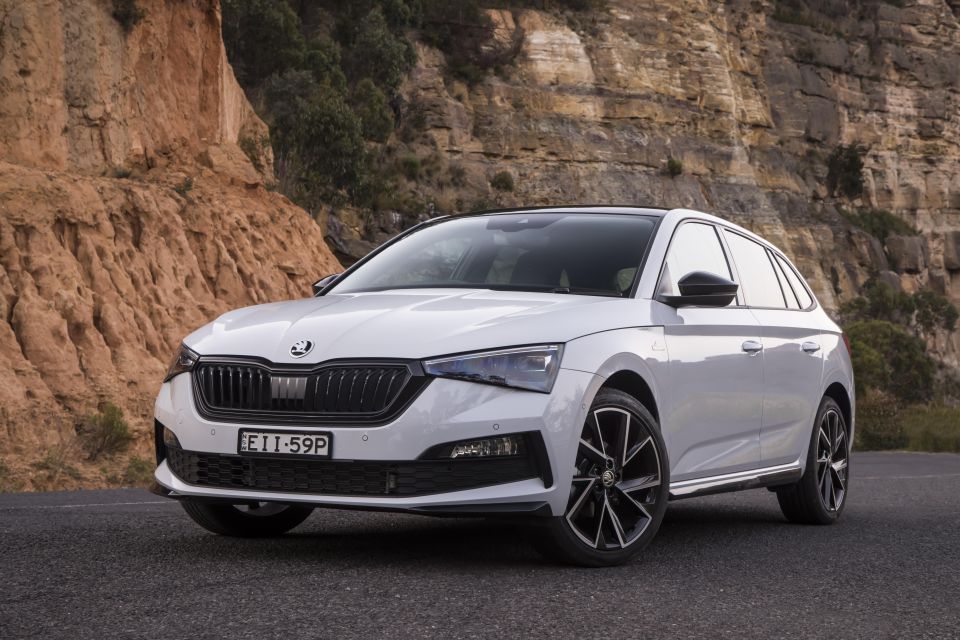
A closer rival is the Toyota Corolla ZR from $32,695 before on-roads, with a 2.0-litre engine producing 15kW more power and 50Nm less torque than the Skoda.
Hyundai has its i30 Hatch N Line priced at $31,420 before on-roads which comes with a stack of features (although no auto tailgate and a smaller boot), and with more powerful 1.6-litre turbo four under the bonnet.
In the Mazda 3 range it’s the G25 Evolve auto priced from $31,090 before on-roads with a larger, naturally-aspirated 2.5-litre engine.
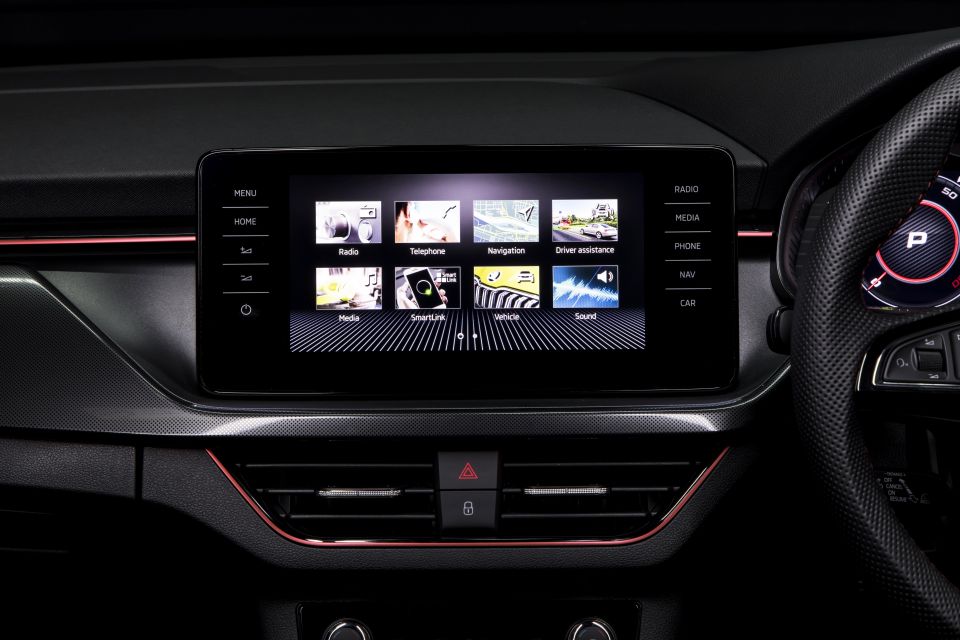
The two most significant upgrades for the Monte Carlo are the lowered adaptive suspension (by 15mm) with specific drive modes, and properly bolstered sports seats much like those in the Golf GTI.
There’s also red accents throughout the car, including on the seats and at various touch points around the cabin.
I can’t say it’s perfect, especially when it comes to the seat trim, but choosing the Monte Carlo also nets you unique wheels and a black pack for the door mirror caps, grille frame, rear badging, rear diffuser, sill cover, and headliner.
It also gets adaptive LED headlights, a panoramic roof and sports pedals, while dual-zone climate control and keyless entry/start are also part of the kit list.
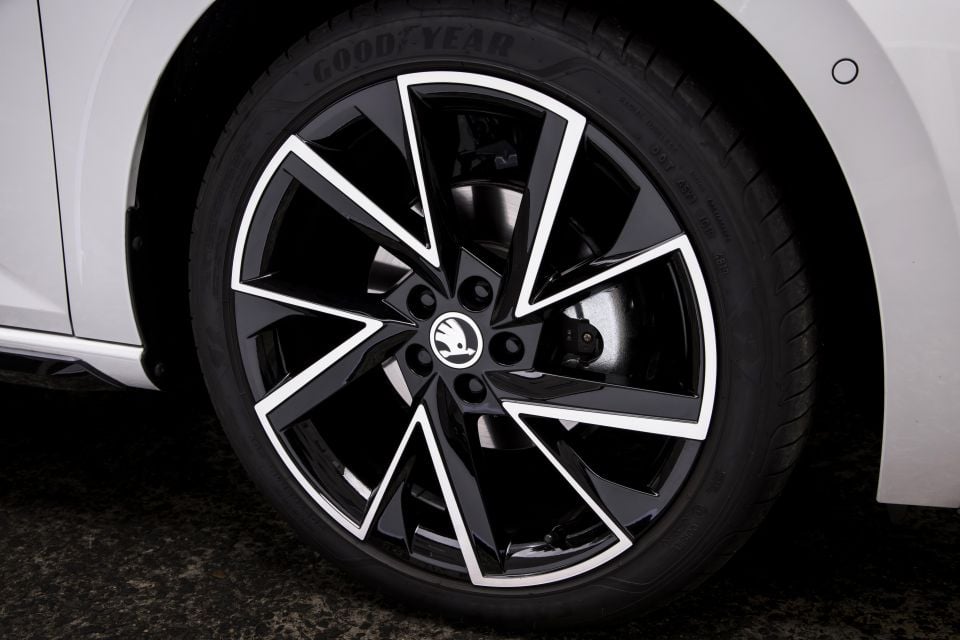
The Scala Monte Carlo is still a mid-spec variant, so it misses out on the premium 9.2-inch infotainment touchscreen and gets an 8.0-inch unit sans navigation instead. You can option the larger screen, though.
There’s no electric or heated seats, nor is there auto parking, or blind-spot warning and rear cross-traffic, at least as standard. Those are the exclusive preserve of the range-topping Launch Edition as standard equipment.
Here’s the dilemma. Buy the Launch Edition for extra $2000 over the Monte Carlo or fork out a sizeable $4300 for the Travel Pack, which brings the 9.2-inch screen, bind-spot and rear cross-traffic monitoring, auto parking, heated seats, a premium audio system, wireless Apple CarPlay, and voice control.
Your choice, but the value lies squarely in the Launch Edition model.
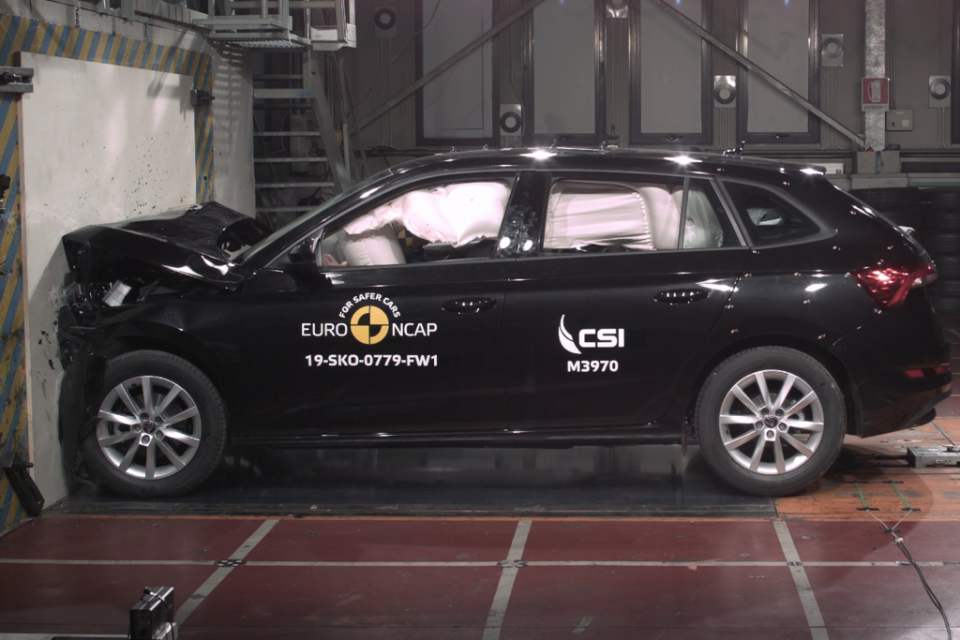
The entire Scala range has been awarded a five-star ANCAP safety rating based on 2019 tests conducted by Euro NCAP.
It scored 97 per cent for adult occupant protection, 87 per cent for child occupant protection, 81 per cent for vulnerable road users, and 76 per cent for safety assist.
Dual frontal, side chest, side curtain airbags and a driver’s knee airbag are standard across the Scala range, as is autonomous emergency braking (City, Interurban and Vulnerable Road Users) lane-keep assist, and lane departure warning.
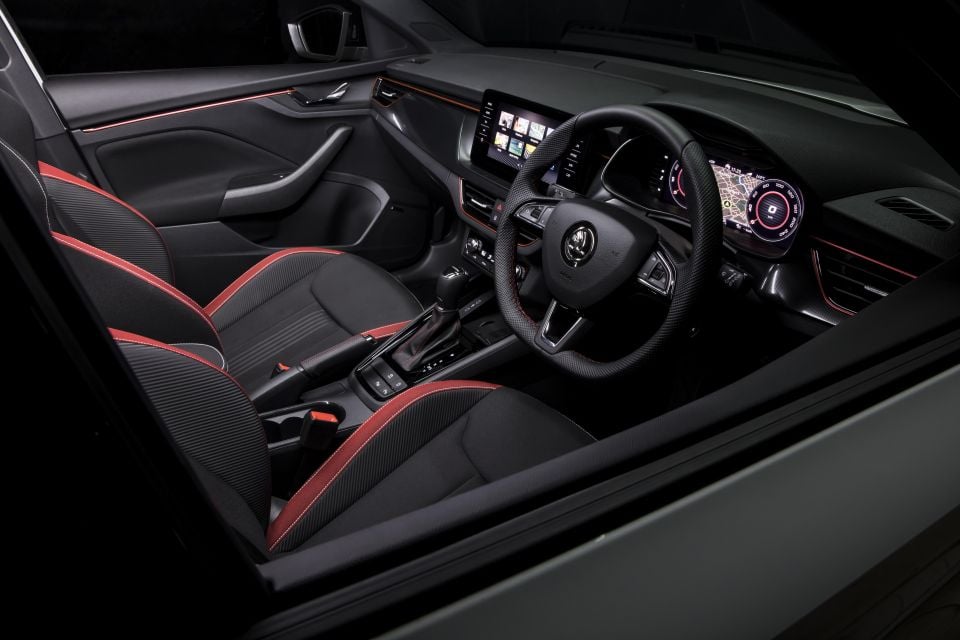
Just like the Launch Edition, the Monte Carlo’s cockpit is impressive thanks largely to the Virtual Cockpit and central touchscreen. That’s where small hatchbacks are at these days, chock full of the latest technology and creature comforts in a convenient city-sized package.
The 10.25-inch high-definition driver’s display is impressive and configurable to the tune of five different screens, while the touchscreen looks larger than the measurement suggests and offers impressive clarity along with quick response.
The Scala’s leather-wrapped three-spoke steering wheel is a real gem; it feels better in the hands than the wheels in many high-end sports cars. It has paddle shifters too, but they are plastic and incredibly small should you get the urge to take charge.
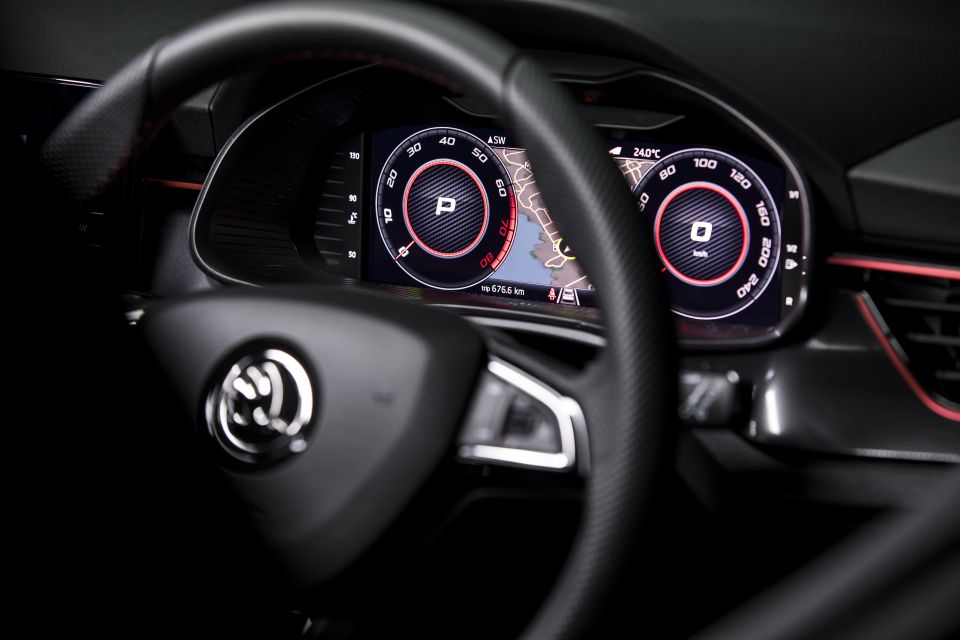
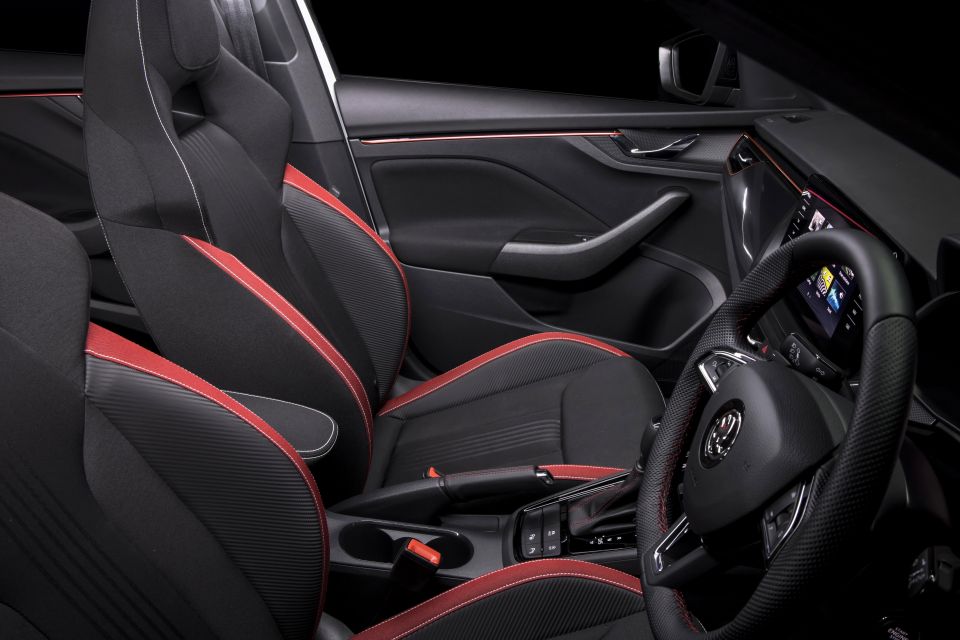
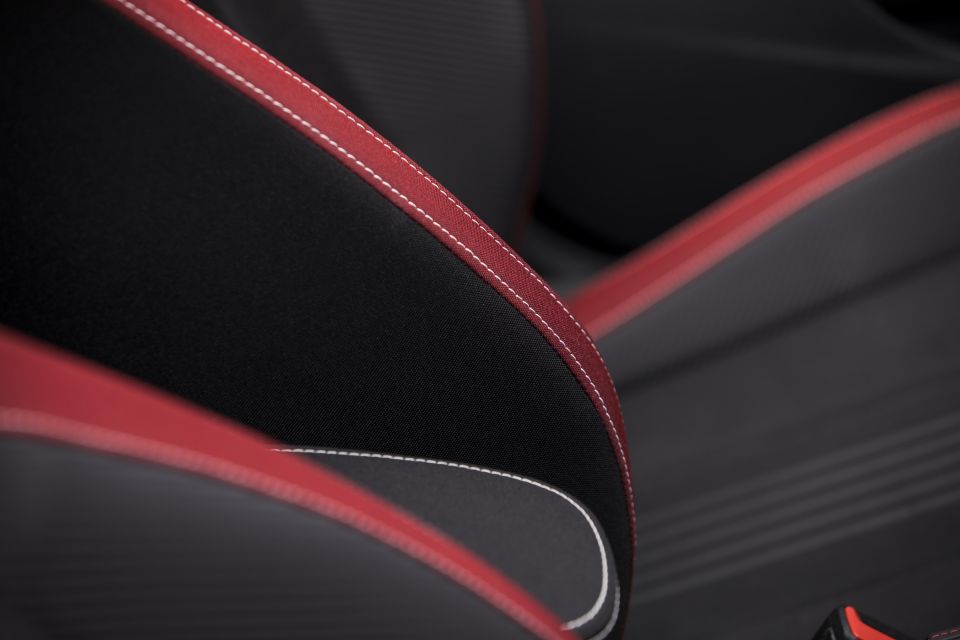
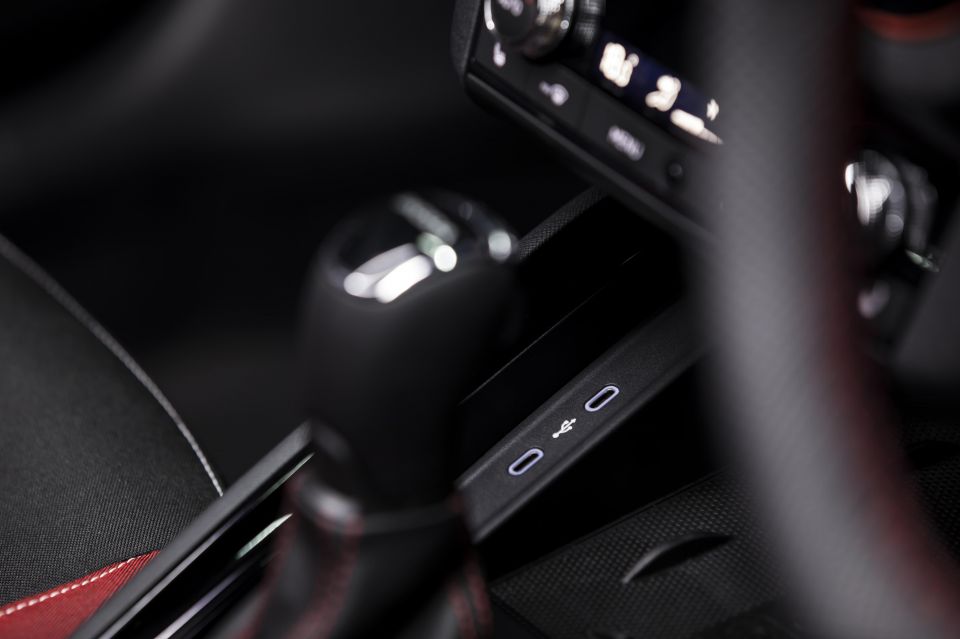
The entire dash up to the windscreen is moulded using a variety of soft-touch materials. That said, there are plenty of scratchy plastics and facings such as the carbon-style trim on the passenger side. It never seems to capture the look and feel of the real thing.
There’s no electric seats, but the heavily-bolstered sports pews look the business and offer superb support, comfort, and plenty of adjustability. It’s so good, in fact, you can’t wait to throw the car into a few bends.
While storage around the cabin is generally excellent, the storage box in the centre console is pretty tight. Then again, the glovebox is large and cooled. There’s also room in the door bins for 500ml water bottles, and the footwells up front and in the rear are nice and wide.
That said, there’s a large transmission tunnel hump in the rear that makes it uncomfortable for any size middle-seat passenger if you’ve got three passengers back there.
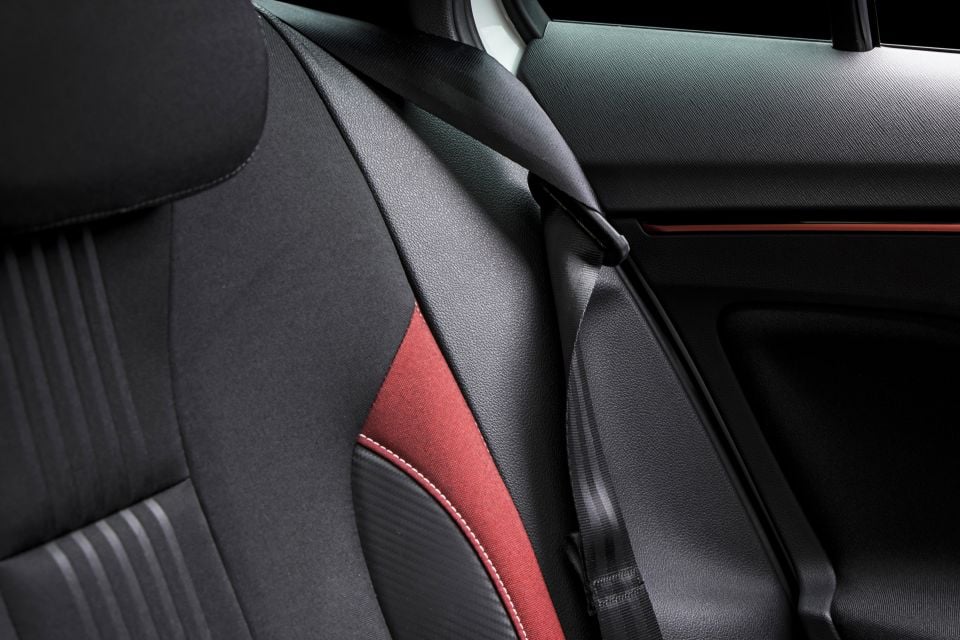
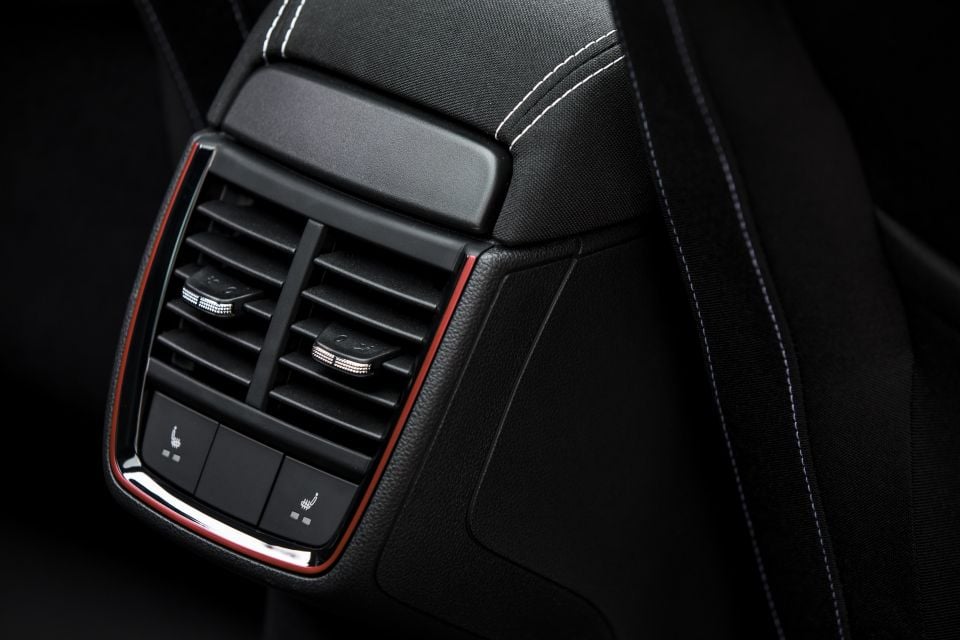
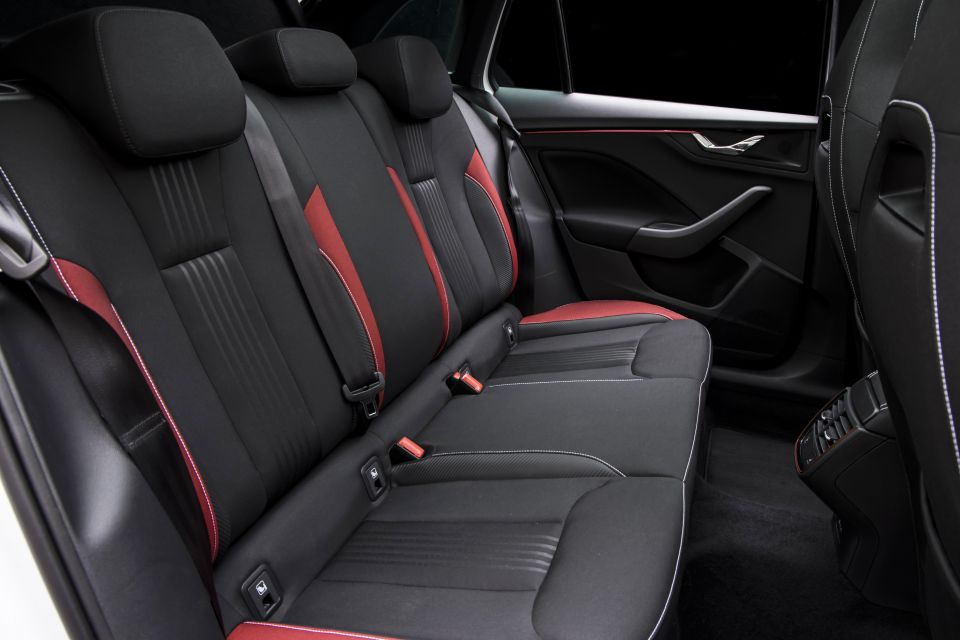
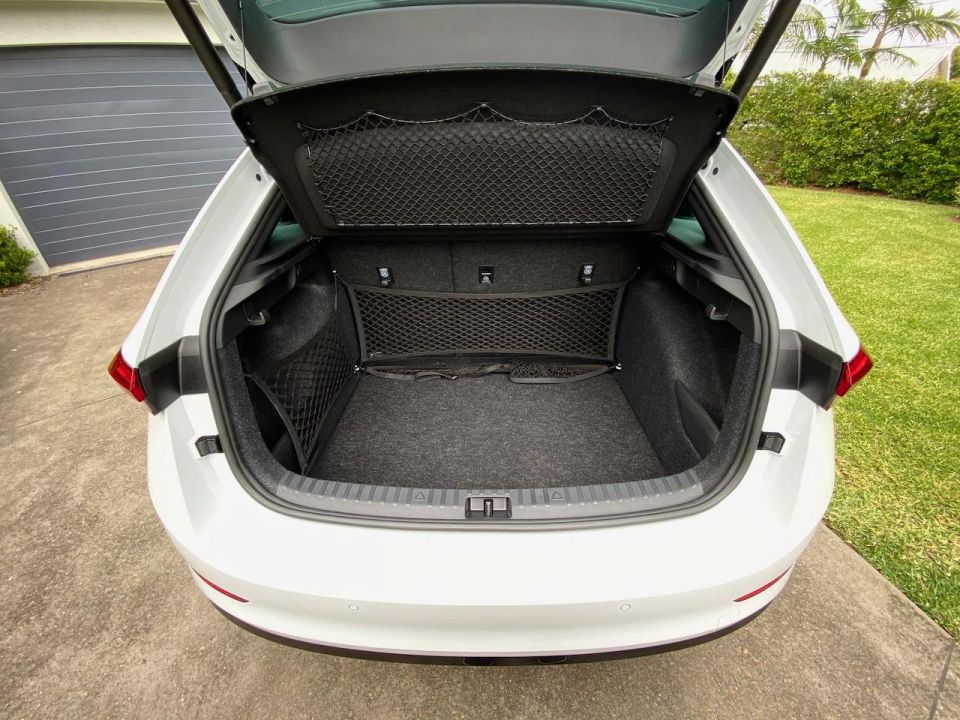
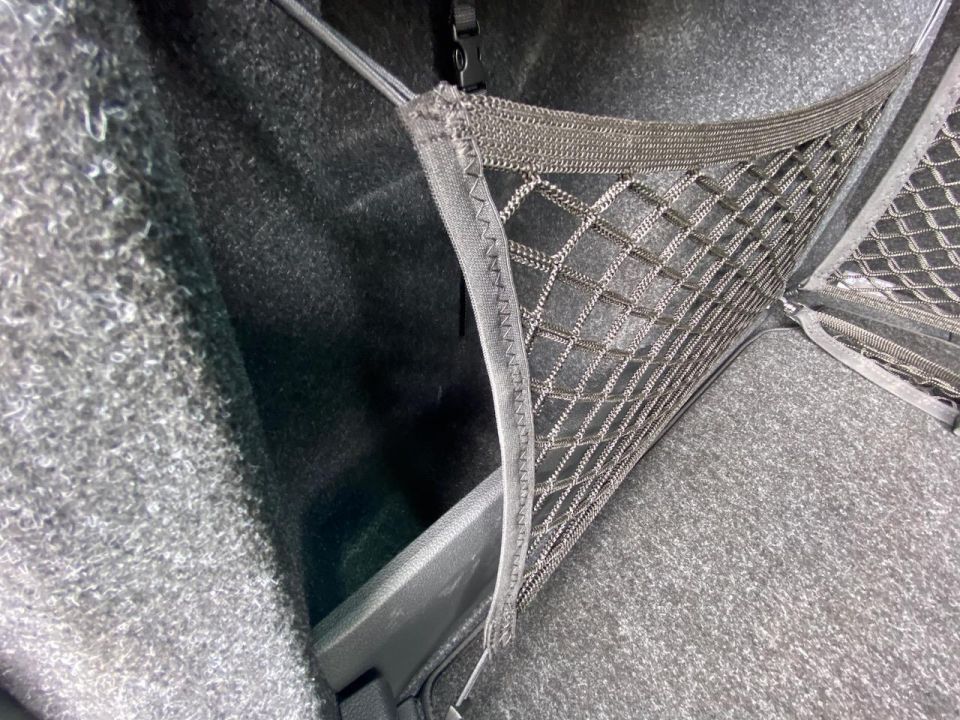
While rear legroom is simply excellent, headroom for taller folks is likely to be a struggle.
Boot space is another area where the Scala outclasses most small SUVs, let alone rival hatches, by offering 467 litres. That expands to 1490 litres with the rear seats folded.
To give that some context, that’s 87 litres more than the Golf, 250 litres more than the Corolla, 72 litres more than the i30, and 172 litres more than the Mazda 3.
Clever thinking sees a dual-sided boot-floor mat with carpet on one side and rubber on the other, which is wonderfully practical for those who enjoy water sports.
The extensive netting system in the boot allows you to secure any number of goods from grocery bags to lifestyle equipment, while under the boot floor is a space-saver spare wheel.
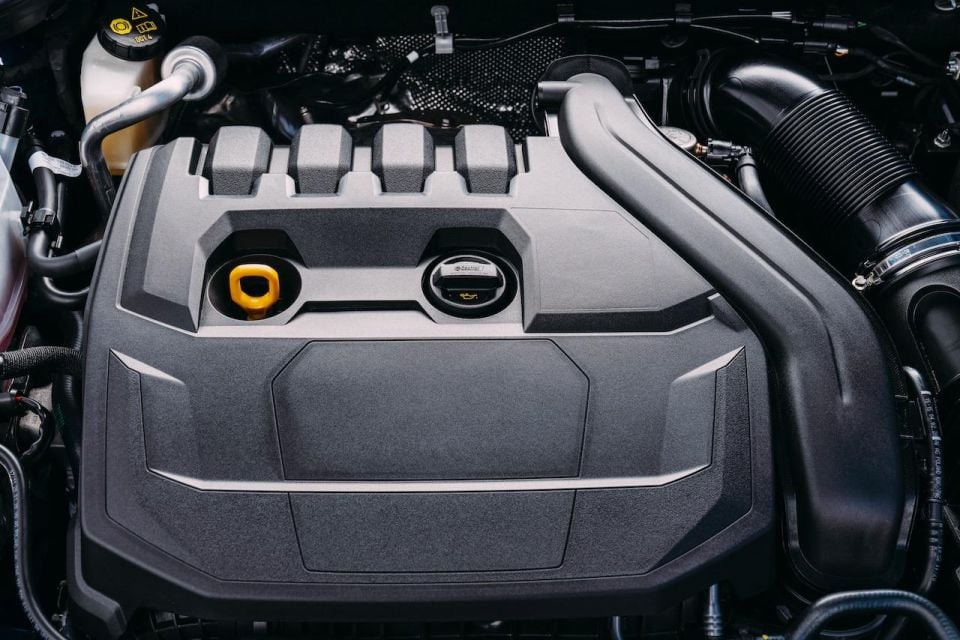
Skoda offers just one engine across the entire Scala range – a 1.5-litre four-cylinder turbocharged petrol paired with a seven-speed dual-clutch auto as standard for the Monte Carlo.
It makes 110kW of power at 6000rpm and peak torque of 250Nm between 1500 and 3500rpm. That’s the same outputs as the 1.4-litre engine in the Golf, but the 1.5 in the Skoda is actually a newer, more advanced powertrain with lower emissions.
In the Scala Monte Carlo claimed fuel economy is 5.5L/100km on the combined cycle.
It’s also worth calling out Skoda’s thoughtfulness under the bonnet, with a cleverly-designed cap for the washer fluid that allows for little if any spillage – though the lack of gas struts and a heavy bonnet isn’t so clever.
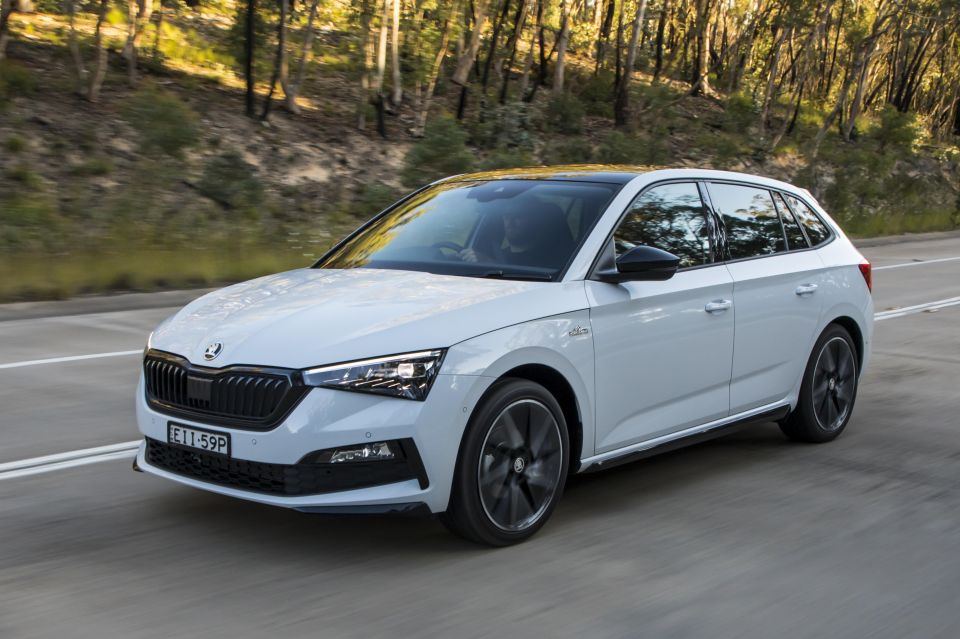
It might be a modestly-powered turbo-four, but the Monte Carlo’s engine feels quite peppy from behind the wheel. Better still, from low- to mid-range there’s a satisfyingly rorty engine note.
Skoda claims an 8.2-second sprint time from 0-100km/h, which feels a tad conservative. Enthusiastic and sometimes fun is the best description I can offer here.
Despite the character explained earlier, there’s also a good bit of refinement built into this drivetrain. Even with the throttle pinned there’s less of a racket than I would have expected from this displacement.
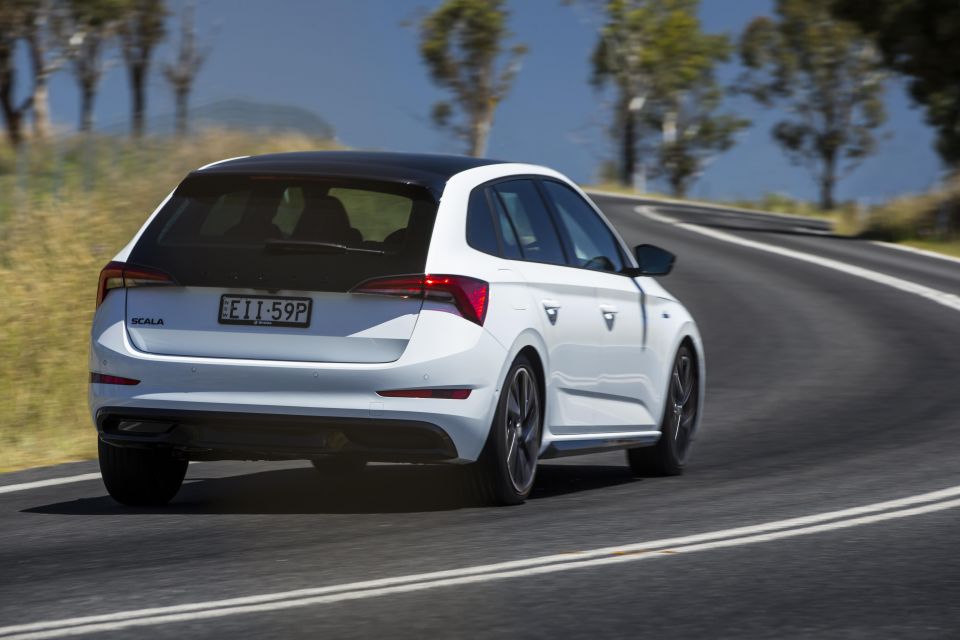
The steering is relatively light, at least in the Normal setting, and overall it’s a bit numb. But it goes where you point it and parking the Scala is a breeze, even though it’s actually longer and wider than the Mk7.5 Golf.
To be honest, trying to pin down any contrast between the sportier Monte Carlo with its sports suspension and lowered stance, and the standard-sprung Launch Edition proved difficult. Suffice to say it feels relatively sure-footed through a few tight bends.
Either way, suspension compliance is just as good as was felt in the Launch Edition riding on same-sized 18-inch rims.
It deals with poor road surfaces with excellent cushioning, and demonstrates composure through mid-corner bumps. It also stops well thanks to decent brakes and Goodyear Eagle 1 tyres.
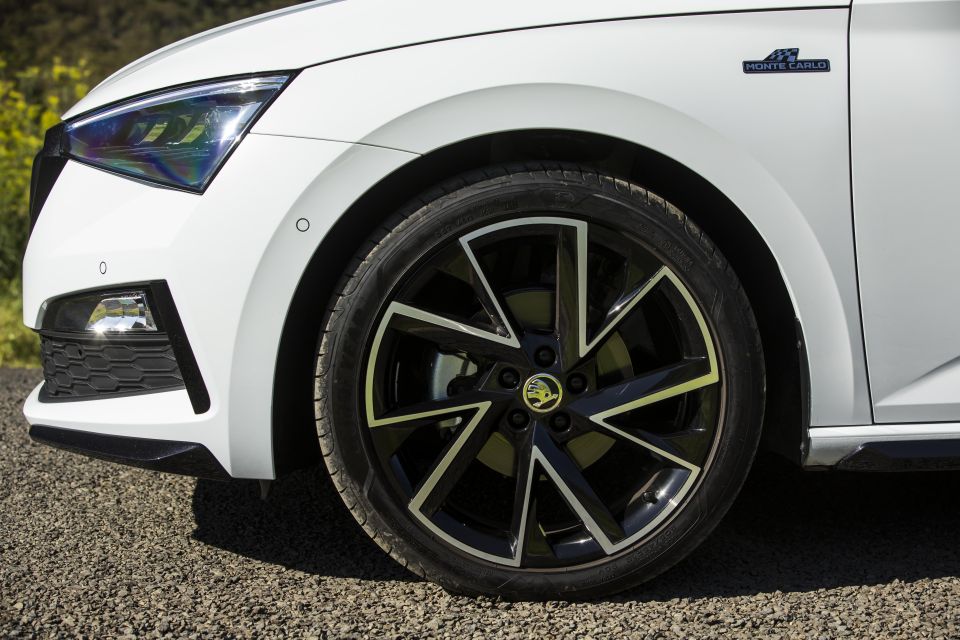
The Scala Monte Carlo is covered by Skoda’s five-year, unlimited-kilometre warranty, and is available with two service packs.
Scheduled maintenance is required every 12 months or 15,000 kilometres, whichever comes first.
Three years of servicing up to 45,000km costs $800, while five years up to 75,000km will cost $1400 – or less than $300 a year.
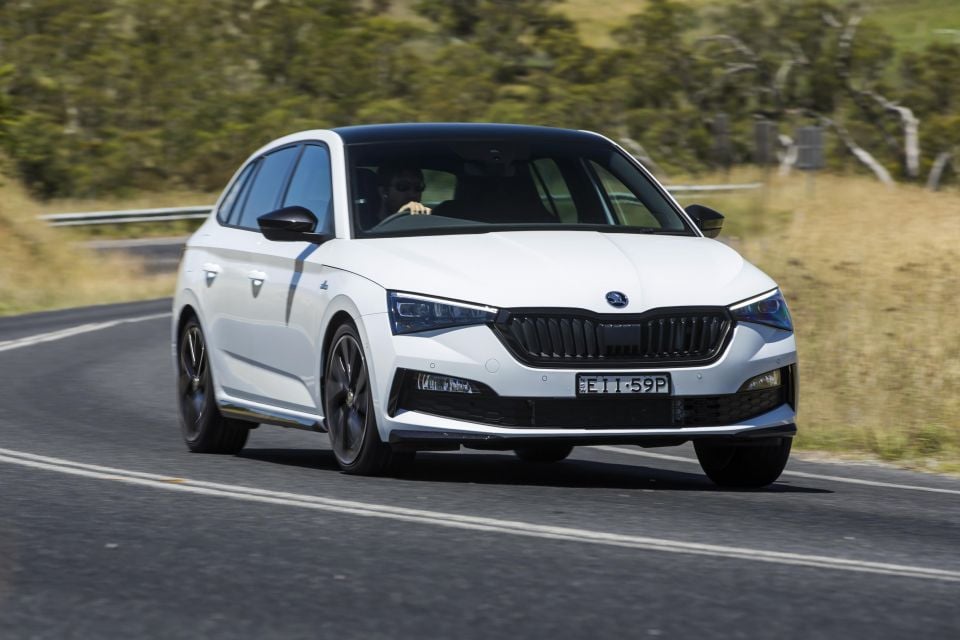
While it would be easy to consider the Monte Carlo the sweet-spot in the Scala range – and there’s some justification for that based on its lower price point than the Launch Edition – the entry-level Scala 110 TSI auto from $28,990 drive-away is the bargain here.
For those that want something a little more special in their Scala, the Monte Carlo offers plenty of justification with its adaptive suspension and sports seats.
Let’s face it, it’s still cheaper, better equipped, and has more space than any like-minded rival out there.
Click the images for the full gallery
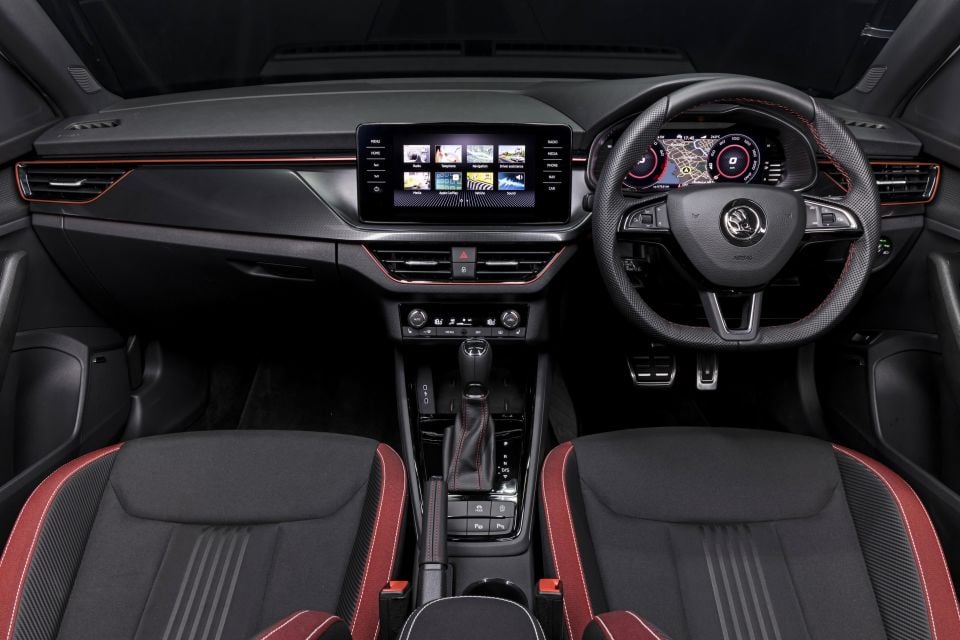
Take advantage of Australia's BIGGEST new car website to find a great deal on a Skoda Scala.


Neil Briscoe
6 Days Ago


William Stopford
8.5
5 Days Ago
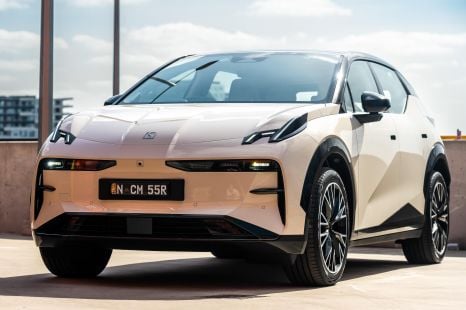

James Wong
7.9
4 Days Ago
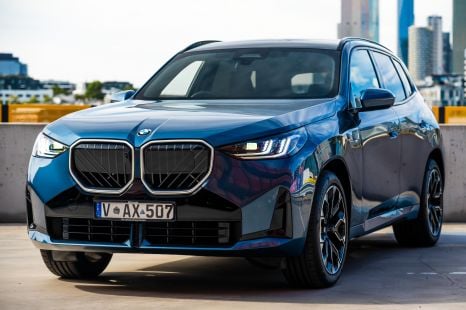

Jack Quick
8.4
3 Days Ago
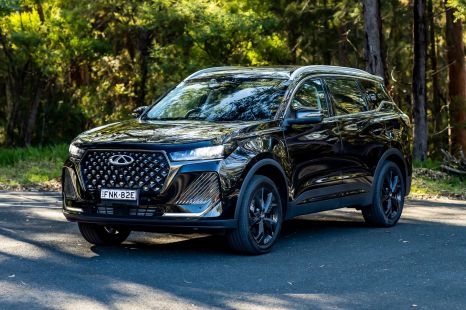

Matt Campbell
8.1
2 Days Ago
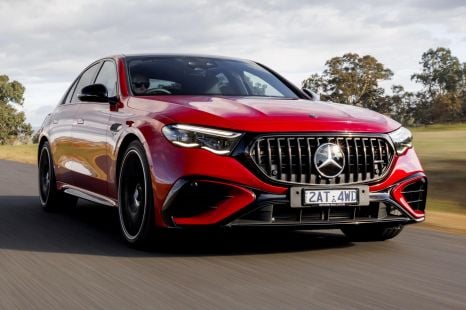

Max Davies
8
15 Hours Ago